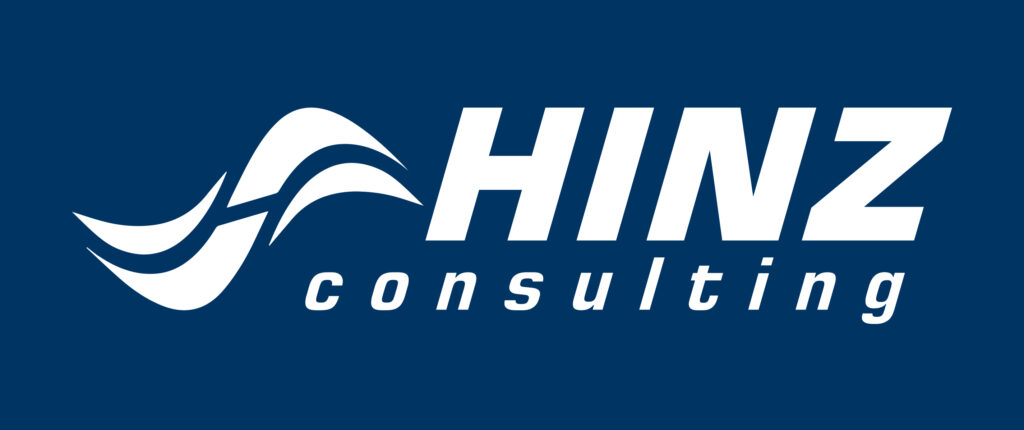The Request for Proposal (RFP) process is a fundamental component of government and corporate procurement. It is a structured method for soliciting bids from potential vendors and selecting the best one to meet the needs of the issuing organization. This guide will provide an in-depth look at the RFP process, covering its stages, benefits, challenges, and best practices for both issuers and bidders.
What is an RFP?
An RFP, or Request for Proposal, is a document that outlines the requirements and criteria for a specific project or procurement need. It is used by organizations to solicit proposals from potential vendors who can provide the goods, services, or solutions specified in the RFP.
Key Stages of the RFP Process

1. Planning and Preparation
Needs Assessment: The first step in the RFP process is identifying the organization’s needs. This involves a thorough analysis of the project or procurement requirements, including scope, budget, timeline, and specific deliverables.
Drafting the RFP: Once the needs are identified, the next step is drafting the RFP document. This includes detailed descriptions of the project, evaluation criteria, submission requirements, and any legal or compliance considerations.
2. Issuing the RFP
Distribution: The RFP is distributed to potential vendors. This can be done through various channels such as email, procurement portals, or public postings on relevant websites.
Vendor Questions and Clarifications: After the RFP is issued, there is typically a period during which vendors can ask questions and seek clarifications. This ensures that all potential bidders have a clear understanding of the requirements.
3. Proposal Submission
Proposal Development: Vendors develop their proposals based on the RFP guidelines. This involves outlining their approach, pricing, qualifications, and how they plan to meet the project requirements.
Submission: Proposals are submitted by the specified deadline. Submissions are usually done electronically through a procurement portal or email.
4. Evaluation and Selection
Initial Review: The issuing organization conducts an initial review of the proposals to ensure they meet the basic requirements and criteria outlined in the RFP.
Detailed Evaluation: A detailed evaluation follows, during which the proposals are assessed based on various factors such as technical approach, experience, cost, and compliance with the RFP requirements.
Shortlisting and Interviews: The top proposals may be shortlisted, and vendors might be invited for interviews or presentations to further assess their suitability.
Final Selection: Based on the evaluation, the organization selects the vendor that best meets the project’s needs and provides the best value.
5. Contract Negotiation and Award
Negotiation: After selection, the organization and the chosen vendor negotiate the final terms and conditions of the contract. This includes pricing, timelines, deliverables, and any other relevant terms.
Contract Award: Once the negotiations are complete, the contract is awarded to the selected vendor, and the project can commence.
Benefits of the RFP Process
Transparency and Fairness
The RFP process ensures transparency and fairness in the procurement process. By outlining clear criteria and guidelines, all vendors have an equal opportunity to compete.
Comprehensive Evaluation
The structured evaluation process allows organizations to thoroughly assess potential vendors based on multiple factors, ensuring the best fit for the project.
Risk Mitigation
The detailed requirements and evaluation criteria help mitigate risks by ensuring that vendors understand the project needs and are capable of delivering as promised.
Competitive Pricing
By soliciting multiple bids, organizations can compare pricing and select the most cost-effective solution without compromising on quality.
Challenges of the RFP Process
Time-Consuming
The RFP process can be time-consuming, both for the issuing organization and the vendors. Drafting detailed RFPs, responding to vendor questions, and evaluating proposals require significant time and effort.
Complexity
For complex projects, drafting an RFP that accurately captures all requirements and evaluation criteria can be challenging. This complexity can also make it difficult for vendors to develop comprehensive proposals.
Resource Intensive
The process demands resources for drafting, distributing, evaluating proposals, and managing communications with vendors. Smaller organizations might find this resource-intensive.
Potential for Ambiguity
If the RFP is not clearly written, it can lead to misunderstandings and ambiguities, resulting in proposals that do not meet the organization’s needs.
Best Practices for the RFP Process
For Issuing Organizations
Clear and Detailed RFPs: Ensure that the RFP is clear, detailed, and free of ambiguities. Include all necessary information about the project, requirements, evaluation criteria, and submission guidelines.
Open Communication: Maintain open lines of communication with potential vendors. Provide timely responses to questions and clarifications to ensure that all vendors have a clear understanding of the requirements.
Structured Evaluation: Develop a structured evaluation process with predefined criteria. Use a scoring system to objectively assess proposals based on the set criteria.
Timely Decisions: Make timely decisions at each stage of the process to keep the project on track and maintain vendor interest.
For Vendors
Thorough Understanding: Carefully review the RFP and ensure a thorough understanding of the requirements before developing your proposal.
Clear and Concise Proposals: Develop clear, concise, and well-structured proposals. Address all the requirements outlined in the RFP and highlight your strengths and differentiators.
Competitive Pricing: Provide competitive pricing that reflects the value you bring to the project. Ensure that your pricing is detailed and transparent.
Follow Submission Guidelines: Adhere to all submission guidelines and deadlines. Failure to do so can result in your proposal being disqualified.
Conclusion
The RFP process is a crucial aspect of procurement, providing a structured and transparent method for selecting the best vendors for a project. While it can be time-consuming and complex, following best practices can help both issuing organizations and vendors navigate the process effectively. By understanding and implementing these best practices, organizations can ensure they receive high-quality proposals that meet their needs, while vendors can increase their chances of winning contracts and delivering successful projects. Contact us to learn more!


